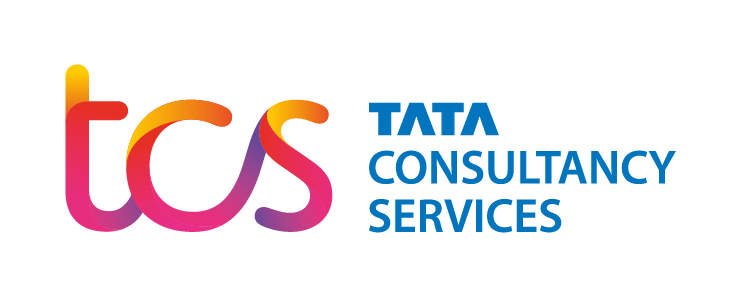Ignite My Future in School (IMFIS) is a free, pioneering initiative to transform the way students learn computational thinking, a foundational 21st century skill for successful careers in every sector. All participating educators are provided with high quality professional development training and resources that align with existing curricular requirements. By integrating computational thinking across core subjects such as Language Arts, Science, Math, and Social Studies, teachers are empowered to to reach their classrooms in a compelling manner so that students can apply these problem solving skills to real world scenarios.To date, the program has reached over 20,000 teachers and more than one million students since it’s launch in 2017.


